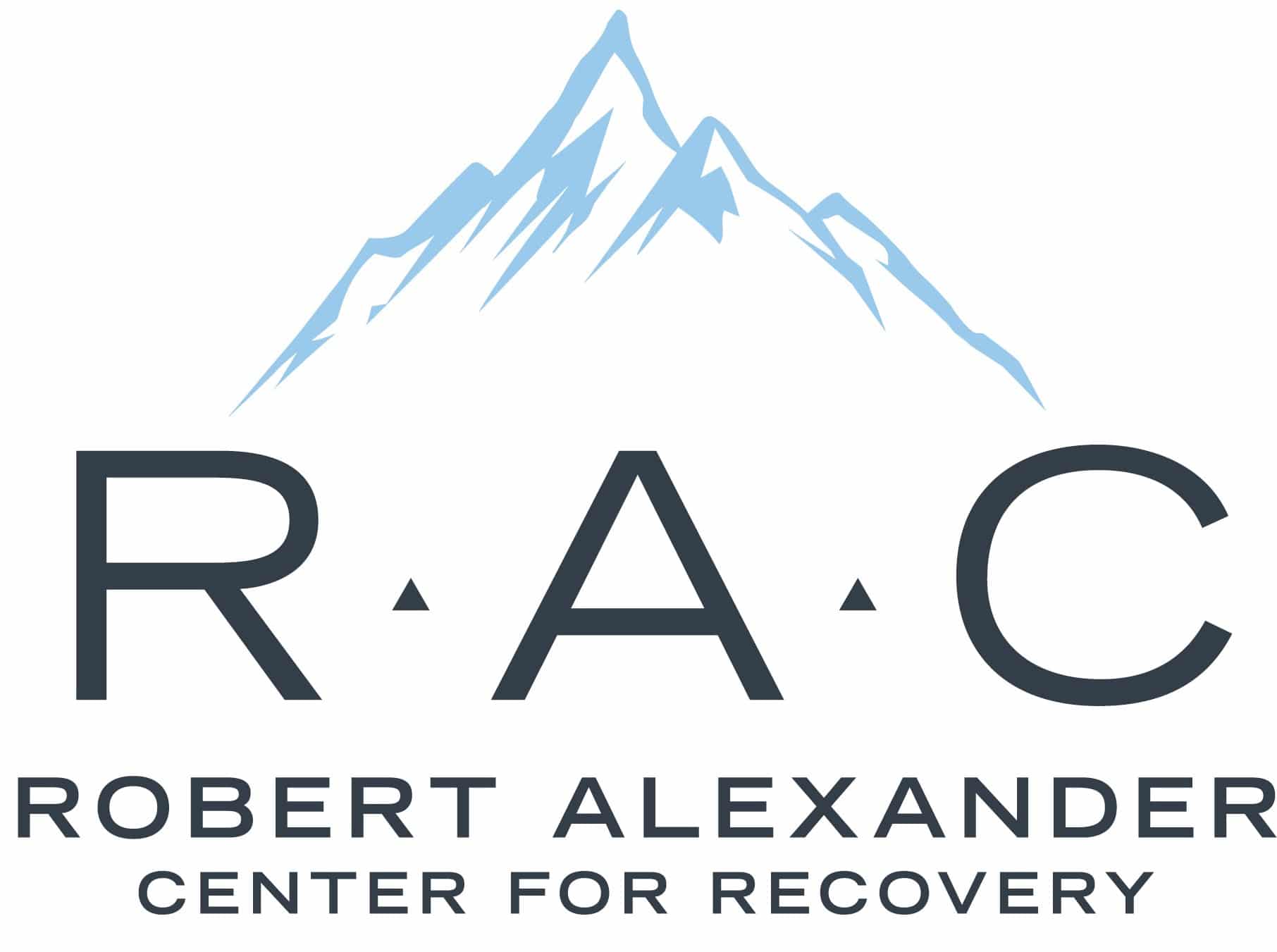One of the most effective treatment programs used to help clients get their lives back on the right track is the 12-Step recovery program focused on helping people attain long-term sobriety.
What is the 12-Step Program?
The basic principle of the 12-Step model is that those struggling with addiction can help each other achieve and maintain sobriety but in order for healing to happen, they need to surrender to a higher power than themselves.

One of the most effective treatment programs used to help clients get their lives back on the right track is the 12-step recovery program focused on helping people attain long-term sobriety.
The 12 Steps
The basic principle of the 12-step model is that those struggling with addiction can help each other achieve and maintain sobriety but in order for healing to happen, they need to surrender to a higher power than themselves. Here is a breakdown of our interpretation of the 12 steps:
1. Admitting powerlessness.
It’s a huge step for an addict to not only admit to using drugs or alcohol but to also admit that they are powerless over their addiction. Once you accept this, your journey to recovery begins.
2. Finding faith in a higher power.
The next step involves believing that a higher power (God or whatever you believe him to be) can help you overcome your addiction.
3. Surrender.
Next comes surrendering your life to the higher power and turning over your will and life to God. This is an important step as it indicates your willingness to forge a new path in life.
4. Soul searching.
Once you’ve surrendered, you proceed to take an inventory of yourself and your past actions. This can be painful as it makes you face up to how your behavior as an addict affected you and others around you.
5. Sharing what we’ve learned about ourselves.
After making an inventory of our wrongs, the next step in the process is admitting them to the higher power, yourself, and another person. The premise of this step is to encourage you not to keep secrets and hide your faults but to openly admit them and unload the burdens of the past.
6. Becoming ready for change.
This is meant to address some of the issues that may have prompted you to turn to addiction. If not addressed, these issues can make you relapse and go back to your harmful habits.
7. Asking the higher power to remove our shortcomings.
This step is about asking God or a higher power to help you remove those faults and become a better person.
8. Being willing to right our wrongs.
The 8th step involves making a list of all those you have harmed and being willing to make amends to all of them. It’s important to note that this isn’t a one-time thing but a continuous one.
9. Making amends.
This 9th step is much harder for most people as it involves asking for forgiveness from those you’ve wronged. This is vital to free yourself from guilt and shame over your past so your past actions can’t haunt you and lead you to relapse.
10. Continuing to take inventory.
As you continue in your recovery journey, you have to take a continuous inventory of your life. Once you mess up and make a mistake, it’s important to own up to it and make amends, keeping your conscience clear.
11. Prayer and Meditation.
As you proceed through your recovery journey, prayer, and meditation become a vital part of your life. These are tools you’ll need daily to remain grounded and to keep you connected with the higher power.
12. Helping others in need.
The final step is about service. By helping others who are battling addiction, you get to practice and reinforce these 12 steps, improving both your life and theirs in the process.
For more information on our 12-Step Recovery Program in Kentucky, contact the Robert Alexander Center.

